TaylorMade Qi vs Callaway Elyte Irons: Read Our Head-To-Head Verdict
Two of the most popular sets of irons on the market are the Qi irons from TaylorMade and the Elyte irons from Callaway, but which performed better during our testing?


Conor Keenan
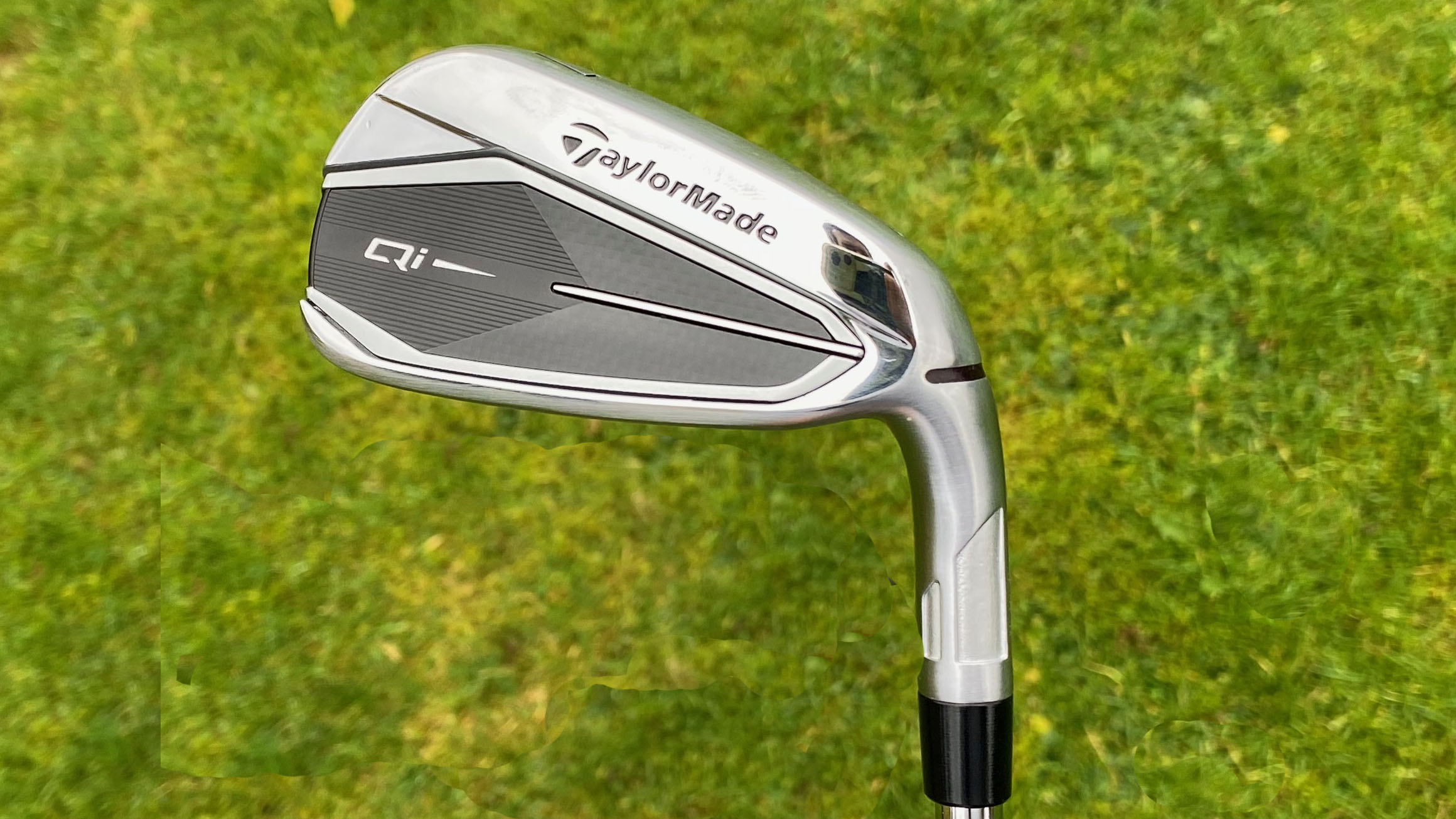
A super powerful and forgiving iron in the game improvement category. On the firmer and clickier end of the spectrum in terms of feel and acoustics, but extremely strong distance, helped by the subtle draw bias.
Pros
- Exceptional distance
- Very forgiving
- Good launch considering the strong lofts
Cons
- Not a huge change from the Stealth iron visually
- Quite a firm feel at impact
Looking for a new set of irons? Two brands that should come to mind as you begin to think of the options out there are TaylorMade and Callaway, manufacturers behind some of the best golf irons on the market. From lower handicap models to the best game improvement irons, you'll likely to see a submission from both brands high up in our buying guides.
For this head to head, we've pitted together two sets of irons are targeted at the mid-handicapper who wants a little more performance from their set. It's a large umbrella, but we'd class the Qi and Elyte irons as 'distance irons', helping players gain extra yardage from both the fairway and the tee box in the pursuit of lower scores. Given the mid-handicapper focus, both sets are designed to cater to a wide range of players but how do they stack up head to head, and which one would be better suited to your game? Let's find out...
Technology
We'll begin with the TaylorMade Qi iron which hasn't changed much from the previous Stealth iron in terms of looks. However, the main leap in technology comes from the new patented face technology which TaylorMade have branded 'straight distance'. To summarize, each iron face and head has been specifically designed to control flexing and reduce cut spin which will suit those who tend to miss to the right on the course, a common problem for the target demographic for this set.
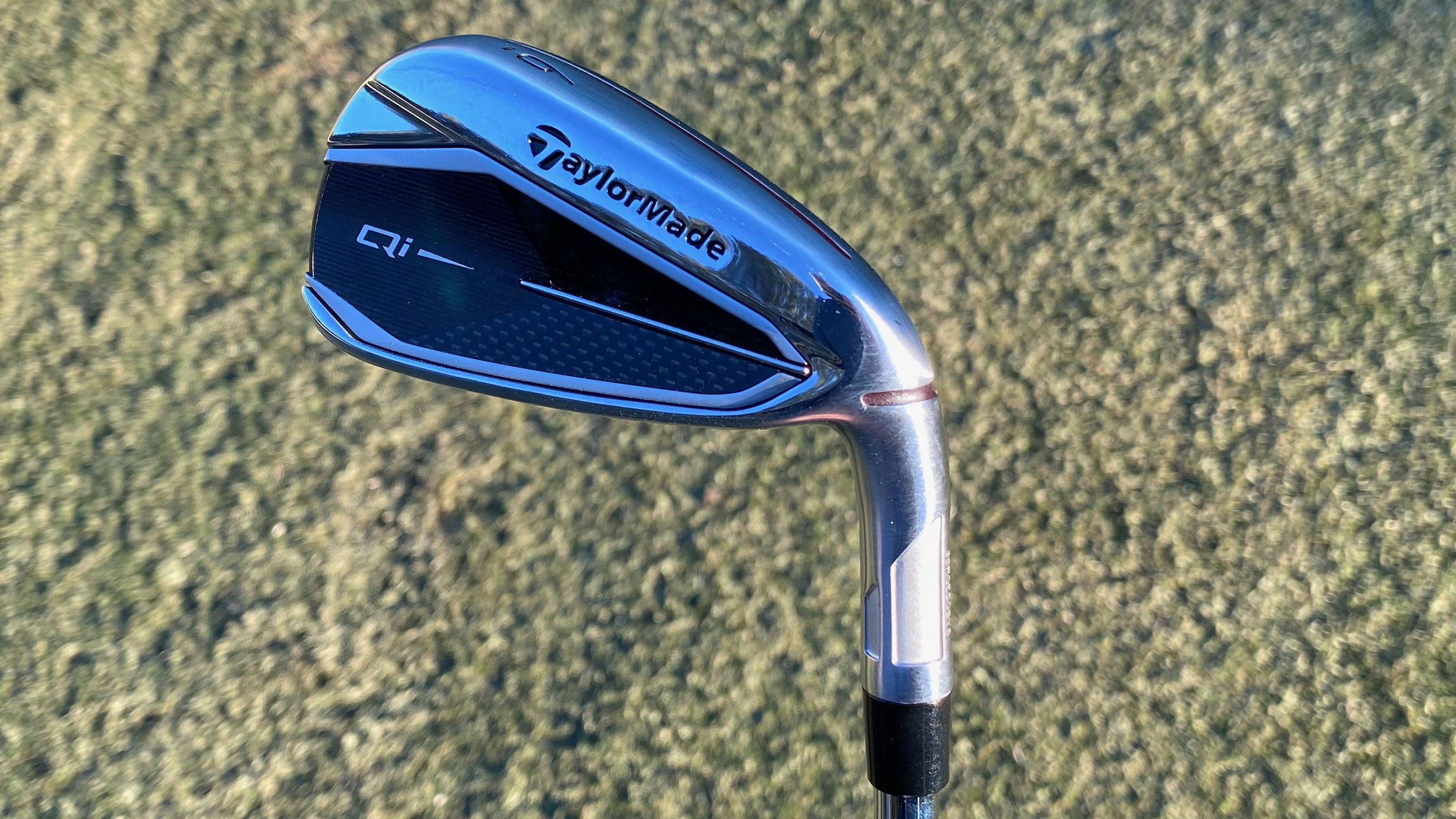
The CG (centre of gravity) location has also been tailored depending on each iron - the longer irons have been tweaked to promote a higher, easier launch whilst the shorter irons have a higher CG to maximize control of flight.
With the Elyte, the main talking point is Callaway's ‘Speed Frame’ construction, which essentially facilitates more of the urethane microspheres that help with feel and acoustics. Those who are in tune with the development of golf equipment will know that the previous iteration of Callaway products were named the 'A.I Smoke' due to the use of A.I during research and development. The use of A.I has not only returned, but advanced further with the Ai10x face. Callaway state each face now offers 10 times more 'control points' than previous iterations. It has also been given a new sole design to enhance turf interaction.
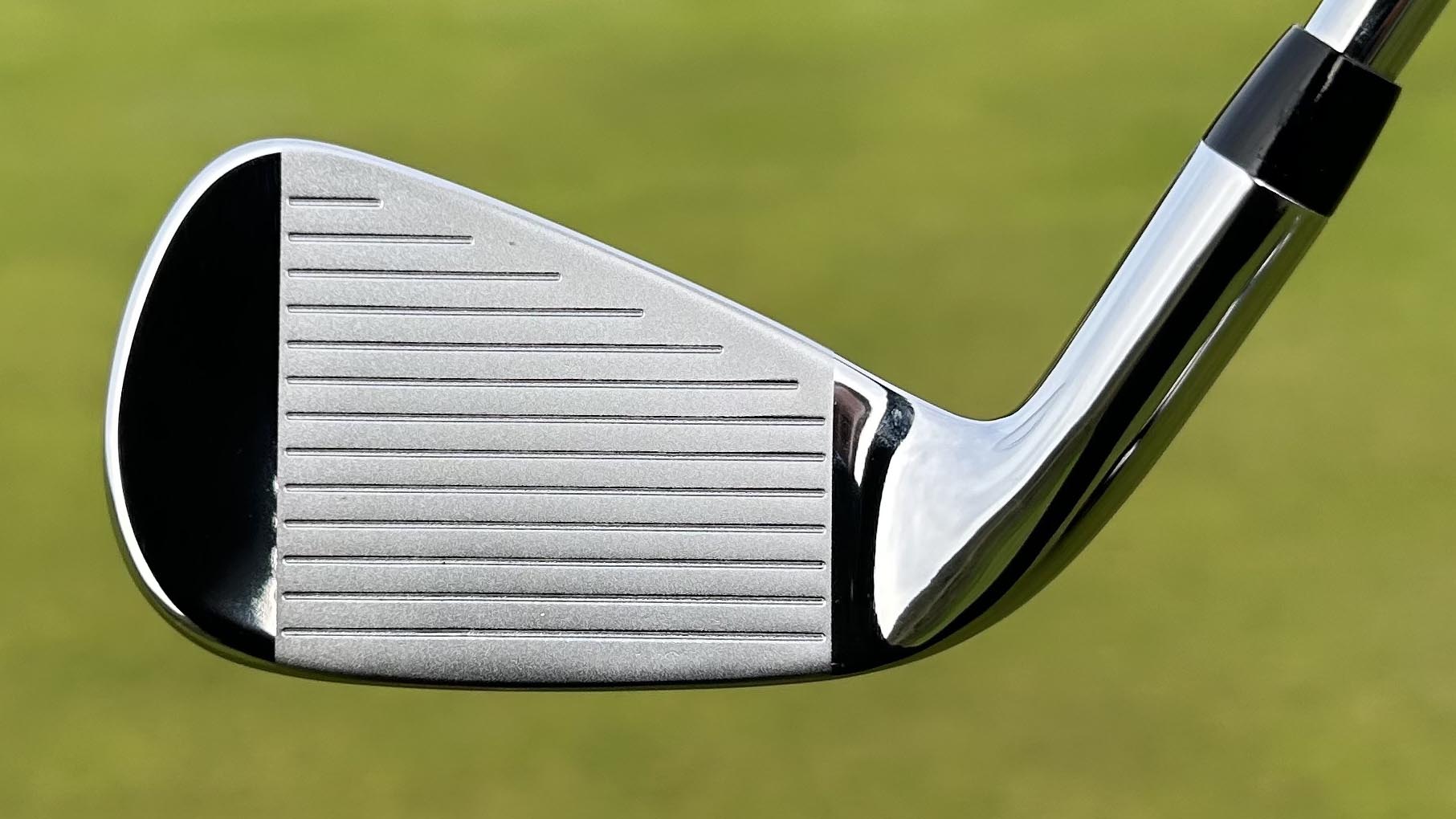
The face of the Callaway Elyte Irons
Looks
I really enjoyed the look of the TaylorMade Stealth irons when they were released, so upon the arrival of the Qi I was pleased to see they haven't ripped up the manual and completely rejigged the design. In fact, the only real differences to the naked eye are a slightly bigger badge on the back and a little more chrome.
The address position still gives the user the visual of a generous blade length, a thicker-than-average top line and plenty of offset to both help forgiveness and boost the confidence of the player as they stand over the ball. Overall, it's an elegant and aspirational look and we can see why not much has changed.
Subscribe to the Golf Monthly newsletter to stay up to date with all the latest tour news, equipment news, reviews, head-to-heads and buyer’s guides from our team of experienced experts.
I like the look of the Qi irons... but I LOVE the look of the Callaway Elyte irons, so they're going to comfortably win this duel as part of the head to head. I'd go as far as to say these are one of, if not the best looking game improvement irons I've ever laid my eyes on. From the soft curves and beautifully proportioned shaping, to the classy combination of brushed steel and chrome finishes, the Elyte irons are a thing of beauty.
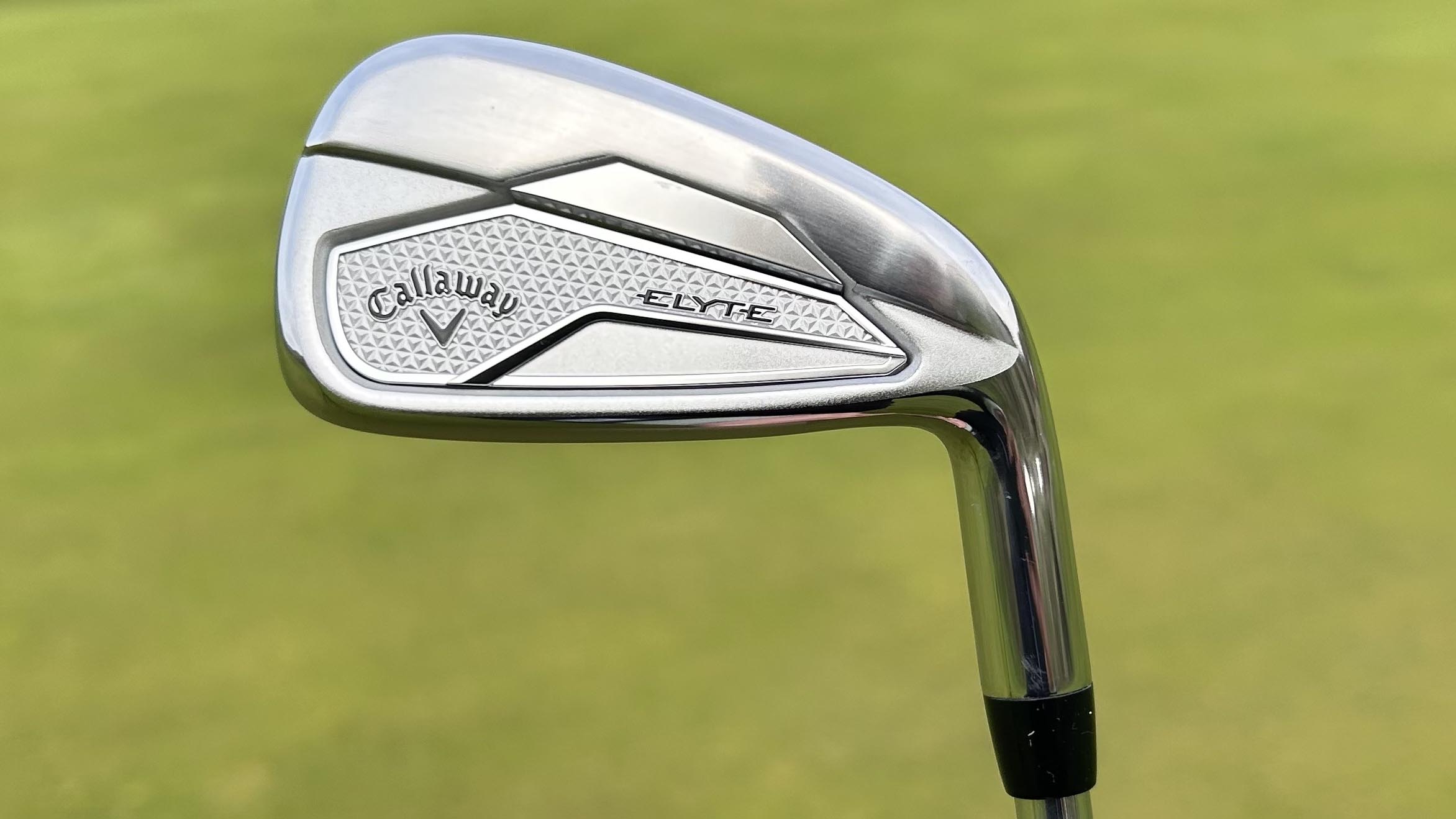
I always bang on about opting for golf clubs you feel suit your eye because if you don't like the look of a club at address, chances are that will negatively impact your chances of performing well with it, whether you realize it or not - this shouldn't be an issue with the Elyte irons. The detailing on the badge in the ‘cavity’ is brilliantly done, and the whole branding has been delivered in an extremely sophisticated way which elevates these irons above anything else in the category for me.
In a few of these categories, choosing between the Qi and the Elyte irons will be difficult, but not in this one. The Elyte take the title of the better looking set here and by a comfortable margin.
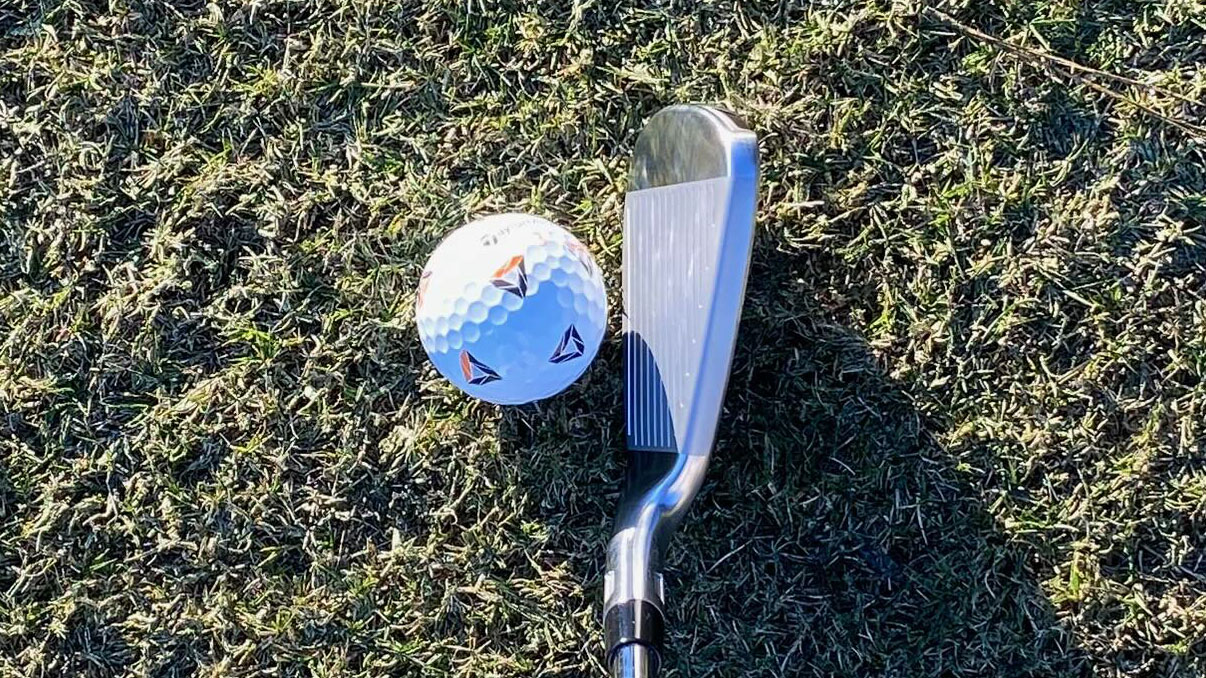

Feel
The Qi irons, unfortunately, have a firmer and rather harsh feel at impact that I wasn't a massive fan of. They also give off a clicky acoustic which, whilst I don’t expect the soft impact of a forged blade like the Mizuno Pro 221, surprised us a little.
With the negative out of the way I'll be more positive - the turf interaction with this set is superb. The wide sole allows this to happen and felt wonderful as it glided through the turf, particularly with the shorter irons. The feel of strike was also very consistent across the face, an important feature to have in game improvement irons.
As good as the turf interaction is with the Qi irons, the Elyte set matched it stride for stride, with perhaps even more pleasing results. Thanks to the introduction of the new ‘tri-sole’, impact with the ground is now softer and smoother on entry, while the relief on the back section is there to assist the exit. We tested these on juicy, thicker turf in Spain as well as firmer links turf back in the UK and the feel on both was wonderful.
They share the firmer feel of the Qi irons, but I wouldn't go as far to say that it is a harsh feeling. Feedback from strike contact is great and gives you a genuine indication of where your ball has struck on the face, which is very useful for players looking to improve the quality of their ball striking.
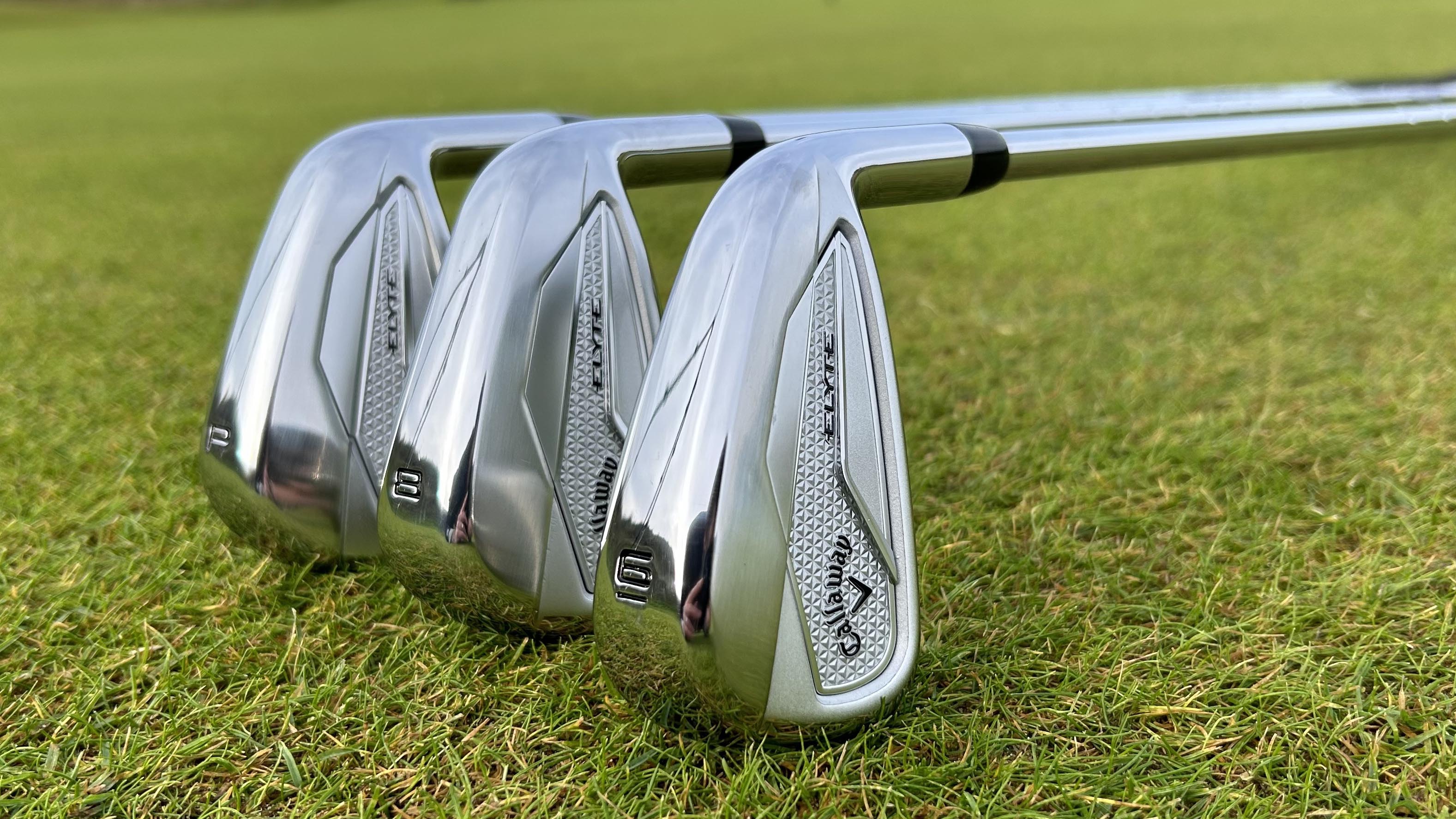
Performance
The categories above matter, obviously, but not as much as actual performance. After all, when we buy new clubs, we all seek the highest level of on-course performance as possible. If you need to hit every shot out of the middle to achieve a decent result or if you can't get them to stop on the green they aren't going to be much use to you, no matter how nice they look or how much tech is packed into them.
My first takeaway when testing the Qi irons was how quickly the ball zipped off the face at impact. The high velocity off the face added plenty of distance - so much so I found they flew roughly 10 to 12 yards further than the irons I often use, the Callaway Apex CBs.
This is largely down to the stronger lofts on offer with these irons, a theme we see often with the best distance irons. To gain distance, lofts are manipulated compared to the stock lofts we'd see in the best irons for low handicappers, for example. Spin was on the lower scale of things due to the stronger lofts which is wonderful for windy conditions but leads to a lack of stopping power when approaching greens from the fairway and especially the rough. Despite the decent launch height with these irons, stopping the ball on firmer greens was certainly tougher compared to Callaway Apex CBs, for example.
There is also limited workability with the Qi irons, but this isn't out of the ordinary for a set aimed at mid handicappers. However, if you tend to struggle with a right miss or the dreaded slice, this is a set of irons that will help you straighten up those shots thanks to the slight draw bias on offer which could prove invaluable for players shackled by a slice.

Joe Ferguson testing the TaylorMade Qi Iron
Contrasting with the Qi irons, we found the Elyte irons to be very easy to manipulate in terms of launch angle and height. I found launch relatively easy to come by considering the fairly strong (7-iron is 29°) loft set-up, however, for those seeking even more launch still, there is a HL option featuring weaker lofts.
Although the trackman data for the Elyte irons not being too dissimilar to the previous Paradym Ai Smoke irons from 2024, the brilliance of this lies more so in the wonderful turf interaction mentioned previously as well as the workability on offer - a pleasantly surprising feature for a game improvement iron.
Which One Should You Choose?
Choose the TaylorMade Qi iron if…
- You want to negate a slice
- You get too much spin on the golf ball
- You prefer more distance and less height with approach shots
Choose the Callaway Elyte iron if...
- You value looks when choosing your irons
- You require good turf interaction
- You want a powerful distance iron that is also workable

Joe has worked in the golf industry for nearly 20 years in a variety of roles. After a successful amateur career being involved in England squads at every age group, Joe completed his PGA degree qualification in 2014 as one of the top ten graduates in his training year and subsequently went on to become Head PGA Professional at Ryder Cup venue The Celtic Manor Resort. Equipment has always been a huge passion of Joe’s, and during his time at Celtic Manor, he headed up the National Fitting Centres for both Titleist and Taylormade. He’s excited to bring his knowledge of hardware to Golf Monthly in the form of equipment reviews and buying advice.
Joe lives in North Devon and still plays sporadically on the PGA West region circuit. His best round in recent years came earlier in 2023 where he managed a 9 under par 63 at Trevose GC in a Devon & Cornwall PGA Tournament.
Joe's current What's In The Bag?
Driver: Switch between TaylorMade Qi35 and Callaway Elyte TD - both with Fujikura Ventus Black 6-X
Fairway wood 1: TaylorMade BRNR Copper Mini Driver - Fujikura Ventus Black 7-X
Fairway wood 2: Callaway Apex UW 17˚- Fujikura Ventus Black 9-X
Irons: TaylorMade P7CB 3-PW with Dynamic Gold Tour Issue X100 shafts
Wedges: Callaway Opus 50, 54, and 60 degrees - Project X LS 6.0 shafts
Putter: LAB Golf Oz.1 (zero shaft lean)
Ball: TaylorMade 2024 TP5x
Grips: Golf Pride Tour Velvet 60R
Bag: Vessel Player IV Pro DXR Stand
- Conor KeenanGear & Ecommerce Writer
You must confirm your public display name before commenting
Please logout and then login again, you will then be prompted to enter your display name.